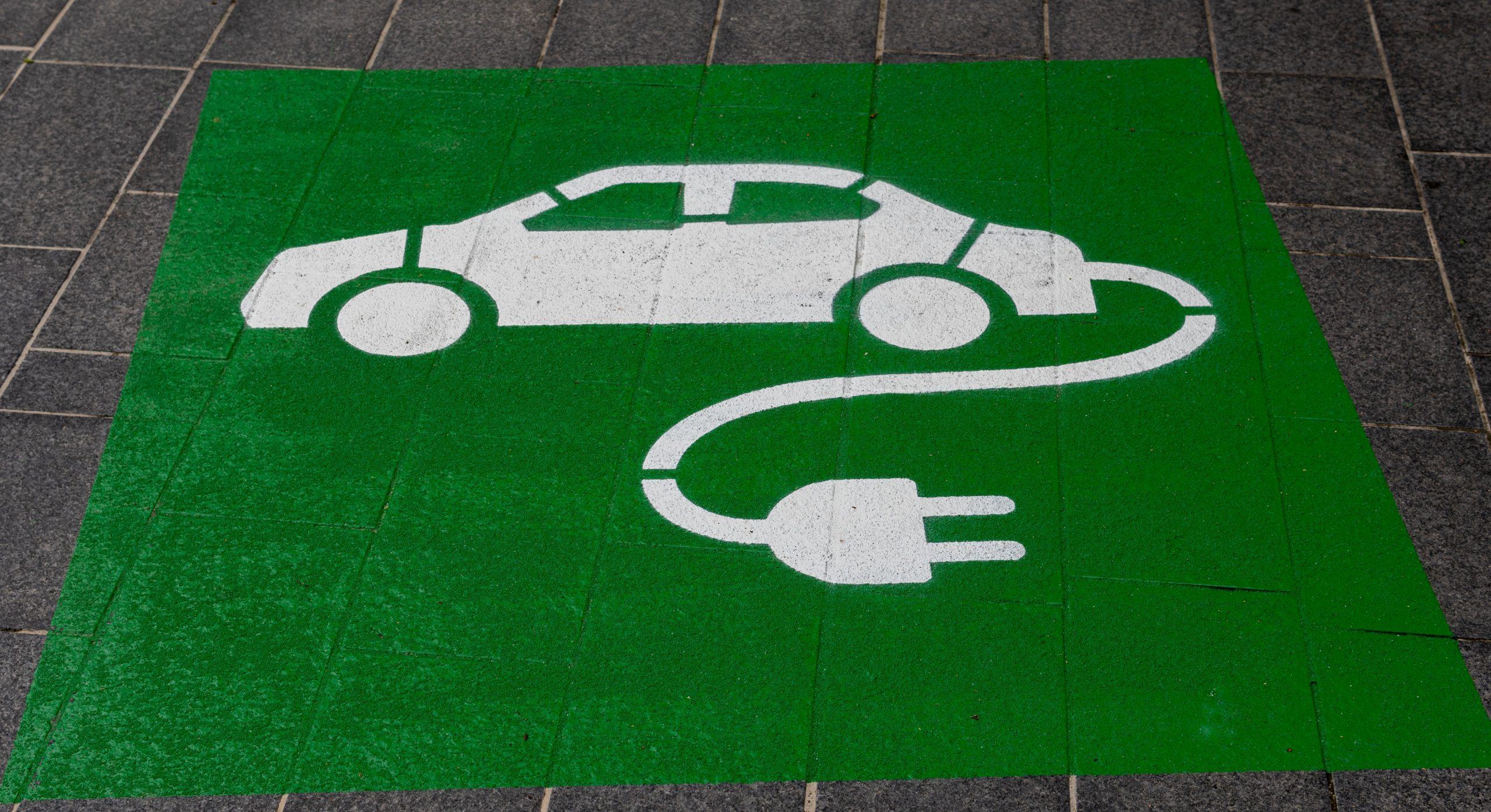
A rise in the deployment of energy storage and EDV batteries has created the need for lithium-ion battery reuse and recycling. Lithium-ion batteries contain chemicals including cadmium, lead, nickel, electrolytes, and lithium. Cadmium and nickel are both known carcinogens and are regulated under U.S. EPA’s National Emissions Standards for Hazardous Air Pollutants (NESHAP). Corrosion of these batteries can lead to chemicals leaching into the soil, which can contaminate the water supply and waterways. The demand for raw materials that are used in EDV batteries is expanding, and with this demand comes concerns on social and environmental impacts of the extraction of these raw materials.
To help to solve these issues, EDV batteries can either be repurposed for a second life as energy storage or recycled to obtain the raw materials. At the end of useful life, EDV batteries can still retain 70-80% of their initial capacity. The reuse of EDV batteries in energy storage systems offers great possibilities and emerging efforts are now underway to establish state and national lithium-ion recycling standards. The ReCell Center at Argonne National Lab focuses on developing new battery designs that will help to enable greater material recovery at EoL.

